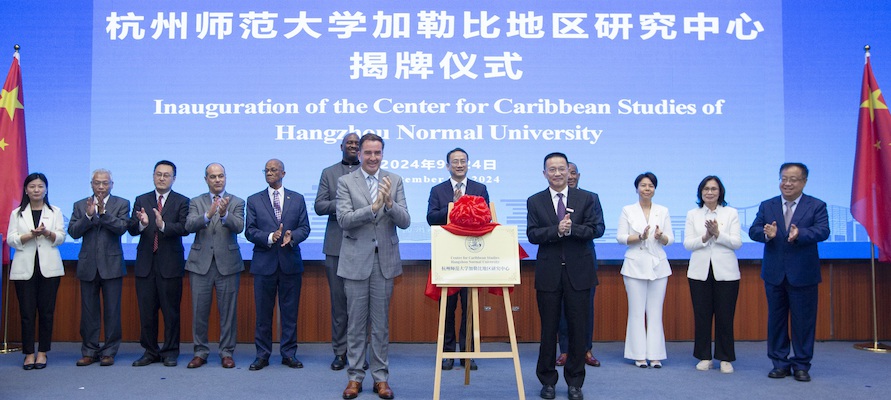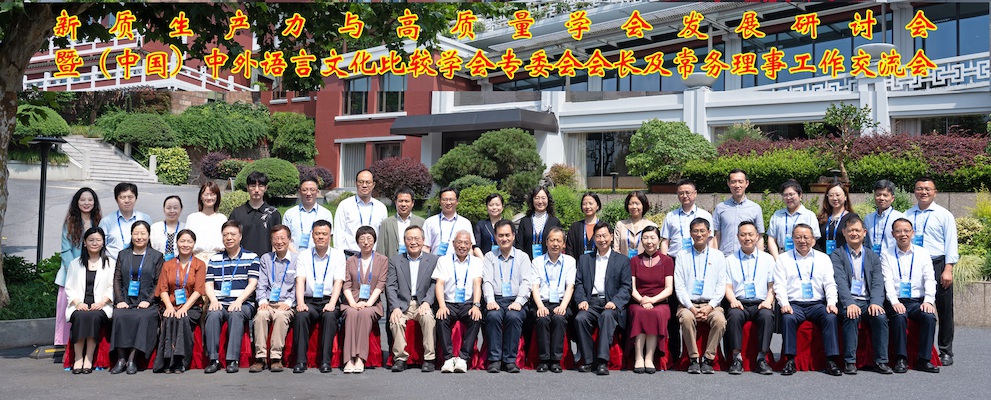- AI对文学的赋能与挑战
- 《美国牧歌》中双重记忆的罅隙与身份错位——兼
- Towards a Better Understanding of Explicit a
- 福柯与控制论:系统、控制和治理
- 研究体系与学术创新
- A Study of the Caribbean Think Tanks
- 融通中外—外交话语与翻译艺术
- 特多中华总会的初心与使命
- 讽寓抑或隐喻?——《聊斋志异》中的幽冥世界与
- 国际组织中的议程设置--以小岛屿发展中国家作为
- 学科建设的新任务和个人发展的新规划
- 汉语文学谱系与世界文学空间
- 恶作剧者:从文学话语到批评阐释学-----评杰拉
- 《仙后》的节制伦理术与宗教地图学探究
- Karst Cave and Hinterland Hazards: Translati
- The Classics and the Hungarian Modernist Lit
- 汉语与韩国语会话结构研究
- 为了灵魂的自由:我见到和我翻译的村上春树
- Surprise、 Wonder、 Admiration:亚当·斯密的
- 中国对外教育交流与我的外交往事
时间:2024年10月23号14:00
地点:恕园19-205
主讲内容:
Palemon and Lavinia, lovers featuring in an interpolated tale in James Thomson's "Autumn" (1730), enjoyed multi-medial lives in the eighteenth and nineteenth centuries. In visually embodied form, they embellished objects ranging from jewellery, ceramic jugs, and oil paintings to fireplace tiles, printed fabrics, furniture, and fire-screens. These objects functioned as material texts and extended the reading experience of Thomson's tale, but they also reshaped it by embedding it within cultural practices of consumption that differed, depending on the owners' and users' gender and social status, as well as literacy. This lecture will discuss how female needleworkers introduced Palemon and Lavinia in their silk-embroidered pictures by adapting two printed visual remediations of the lovers based respectively on a book illustration by William Hamilton and a separately issued print by William Lawrenson. the former published in 1802, the latter having already been issued in 1780. Rather than copying these printed visual interpretations of the lovers' encounter and courtship accurately, the silkwork images represent reimaginings of both the visual and typographical sources, altering the iconic narratives of the compositions and expanding them to advance rewritings of the tale and the lovers' relationship that are especially framed by the needleworkers' identity-formational practice of moral self-representation. These transmedia narratives will be shown to offer discrete interpretations and extensions of Thomson's tale. At times, they recast the Georgic inscription of the tale in terms of a sentimental politics that obscures the (apparent) social difference between Palemon and Lavinia. At others, they introduce Lavinia's father as a mnemonic link between the two lovers that authorizes the union and the young people's love. At yet others, they extend the designs spatially and diachronically by anticipating the result of the courtship, that is the union of Palemon and Lavinia.
主讲人简介:
Sandro Jung is Grade II Distinguished Professor of English and Comparative Literature, doctoral/post-doctoral supervisor, and Director of the university-level Foreign Languages and Literature Institute at Fudan University. He is also Jack Ma Distinguished Professor at Hangzhou Normal University and Distinguished Professor at Hexi University. A Past President of the East-Central American Society for Eighteenth-Century Studies, a former Senior Fellow of the Alexander von Humboldt Foundation, and the recipient of two European Union Marie Curie long-term fellowships, Jung has been the Editor-in-Chief of the quarterly A&HCI journal, ANQ (Routledge / Taylor & Francis) for the past 12 years and also serves as Associate Editor of the A&HCI journal, The Explicator (Routledge / Taylor & Francis). His main areas of scholarly interest are the literature, culture, and media of the eighteenth and nineteenth centuries, book and reception history, translation studies, and visual culture (and especially illustration) studies. He has produced more than 210 publications, including more than 140 A&HCI articles. He is the author, among other monographs, of David Mallet, Anglo-Scot: Poetry, Politics, and Patronage in the Age of Union (2008), The Fragmentary Poetic: Eighteenth-Century Uses of an Experimental Mode (2009), James Thomson’s The Seasons, Print Culture, and Visual Interpretation, 1730-1842 (2015), The Publishing and Marketing of Illustrated Literature in Scotland, 1760-1825 (2017), and Kleine artige Kupfer: Buchillustration im 18. Jahrhundert (2018). His latest monograph, Eighteenth-Century Illustration and Literary Material Culture, was published by Cambridge University Press in 2023. His next monograph, Transnational Crusoe, Illustration and Reading History, will be published by Cambridge UP next year.







